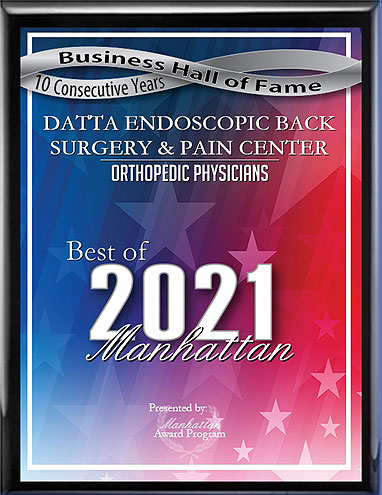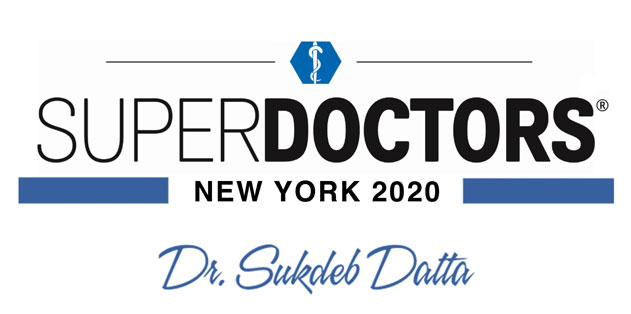Bulging discs are one of the most common spine conditions around. They are especially common with age, as the discs start to lose fluid. A bulging disc is a disc which has become misshapen. When it presses against the spinal cord, you may experience pain or other neurological symptoms.
Non-Surgical Treatment
A bulging disc is one of the most mild spine conditions around - although that may be hard for people suffering from severe pain to believe. The majority of cases of bulging discs can be treated non-surgically. There are two main goals for non-surgical treatment: reducing the amount of weight borne by the discs, and reducing the amount of inflammation in the area. Treatments to achieve these goals include:
In some cases, the above treatments just aren't successful at relieving symptoms; there's usually no way to predict whether or not that will be the case beforehand. If conservative treatments fail, then a bulging disc can be treated using surgery. The best choice for surgery is minimally invasive, laser spine surgery. During this procedure, a camera is used to view the spine without making a large incision, and a laser is used to dissolve the affected part of the disc. The result is an immediate improvement in symptoms.
After the acute symptoms of a bulging disc are treated, either surgically or non-surgically, it can be helpful to make long-term lifestyle changes to reduce your risk of experiencing problems in the future. Important steps include weight loss, the cessation of smoking, and performing low-impact core-strengthening exercises on a regular basis.
To learn more about treatment for your chronic back pain, please click below or call the Datta Endoscopic Back Surgery and Pain Center at (646) 374-1799.
Non-Surgical Treatment
A bulging disc is one of the most mild spine conditions around - although that may be hard for people suffering from severe pain to believe. The majority of cases of bulging discs can be treated non-surgically. There are two main goals for non-surgical treatment: reducing the amount of weight borne by the discs, and reducing the amount of inflammation in the area. Treatments to achieve these goals include:
- Chiropractic care, which helps to reduce inflammation and re-align the spine
- Physical therapy, which promotes good alignment, strengthens the back, and reduces inflammation
- Anti-inflammatory drugs
- Steroid injections, a more intensive route to reduce inflammation by going directly to the source
In some cases, the above treatments just aren't successful at relieving symptoms; there's usually no way to predict whether or not that will be the case beforehand. If conservative treatments fail, then a bulging disc can be treated using surgery. The best choice for surgery is minimally invasive, laser spine surgery. During this procedure, a camera is used to view the spine without making a large incision, and a laser is used to dissolve the affected part of the disc. The result is an immediate improvement in symptoms.
After the acute symptoms of a bulging disc are treated, either surgically or non-surgically, it can be helpful to make long-term lifestyle changes to reduce your risk of experiencing problems in the future. Important steps include weight loss, the cessation of smoking, and performing low-impact core-strengthening exercises on a regular basis.
To learn more about treatment for your chronic back pain, please click below or call the Datta Endoscopic Back Surgery and Pain Center at (646) 374-1799.






 EDISCSCULPT
EDISCSCULPT



